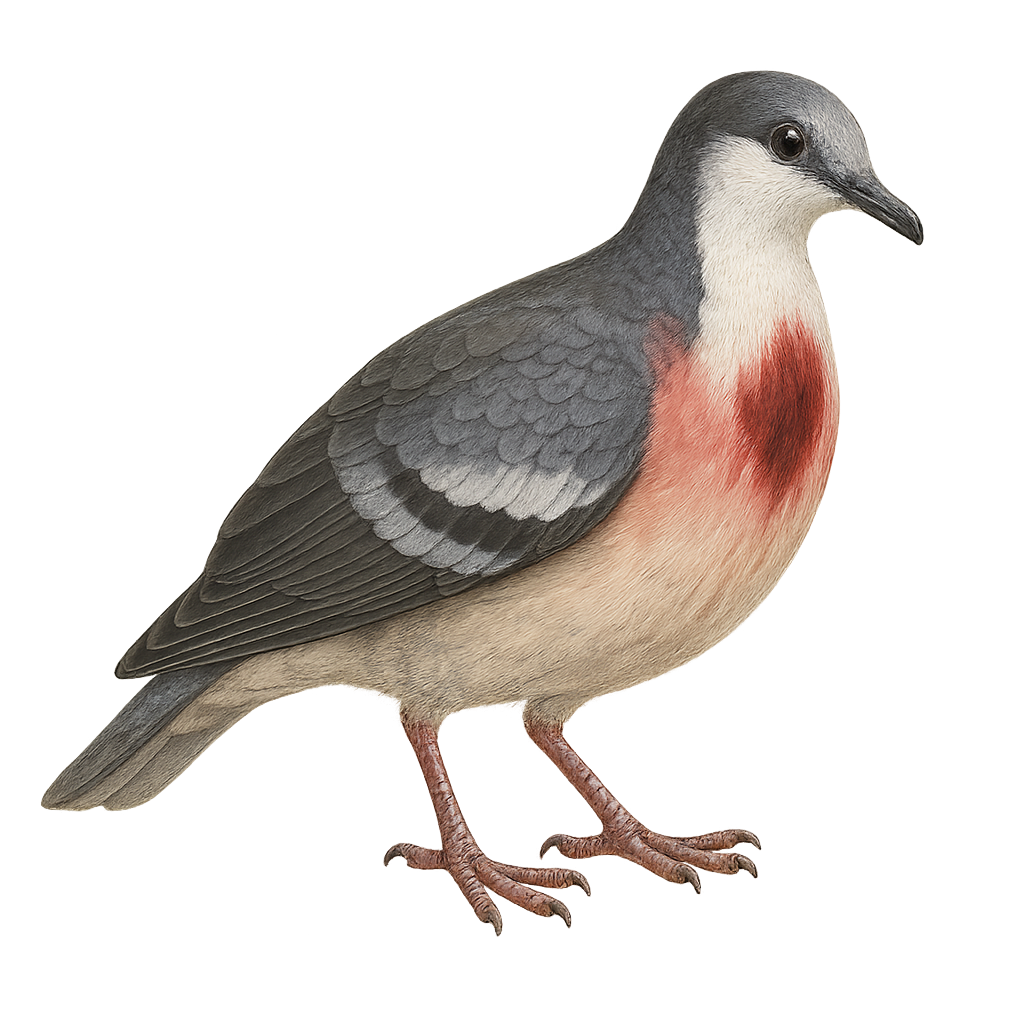Your wildlife photography guide.
Explore the friendly ground dove in detail, study its behavior, prepare your shots.
Where to observe and photograph the friendly ground dove in the wild
Learn where and when to spot the friendly ground dove in the wild, how to identify the species based on distinctive features, and what natural environments it inhabits. The WildlifePhotographer app offers tailored photography tips that reflect the friendly ground dove’s behavior, helping you capture better wildlife images. Explore the full species profile for key information including description, habitat, active periods, and approach techniques.
Friendly Ground Dove
Scientific name: Pampusana stairi

IUCN Status: Vulnerable
Family: COLUMBIDAE
Group: Birds
Sensitivity to human approach: Suspicious
Minimum approach distance: 10 m
Courtship display: September to October
Incubation: 17-19 jours
Hatchings: September to November
Habitat:
Dense forests, wooded areas, forest edges
Activity period :
Primarily active during the day, with peak activity in the morning and late afternoon.
Identification and description:
The Pampusana stairi, commonly known as the Friendly Ground Dove, is a bird species endemic to the South Pacific islands, particularly Samoa and Tonga. This medium-sized pigeon is recognizable by its grey-blue plumage with metallic sheen on the wings and a white chest. It prefers dense forests and wooded areas, where it primarily feeds on seeds and fallen fruits. Though discreet, it plays a crucial role in seed dispersal, aiding forest regeneration. Its population is threatened by deforestation and the introduction of non-native predators, leading to its classification as a vulnerable species by the IUCN.
Recommended lens:
400 mm – adjust based on distance, desired framing (portrait or habitat), and approach conditions.
Photography tips:
To photograph the Friendly Ground Dove, focus on dense forests where it feels secure. Use a telephoto lens of 400mm or more to capture detailed images without disturbing the bird. Be patient and discreet, as this species is suspicious. Take advantage of the early morning hours when the light is soft and bird activity is at its peak. A tripod can be helpful to stabilize your camera and achieve sharp shots.
The WildlifePhotographer App is coming soon!
Be the first to explore the best nature spots, track rutting seasons, log your observations, and observe more wildlife.
Already 1 439 wildlife lovers subscribed worldwide

